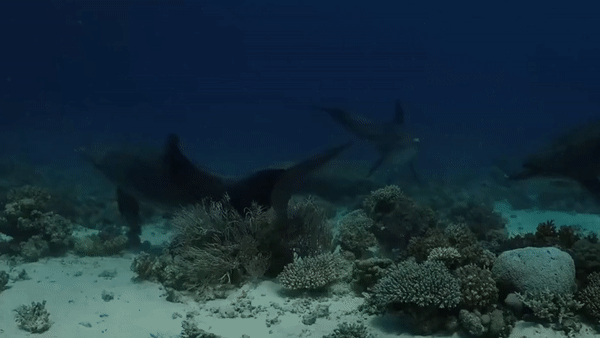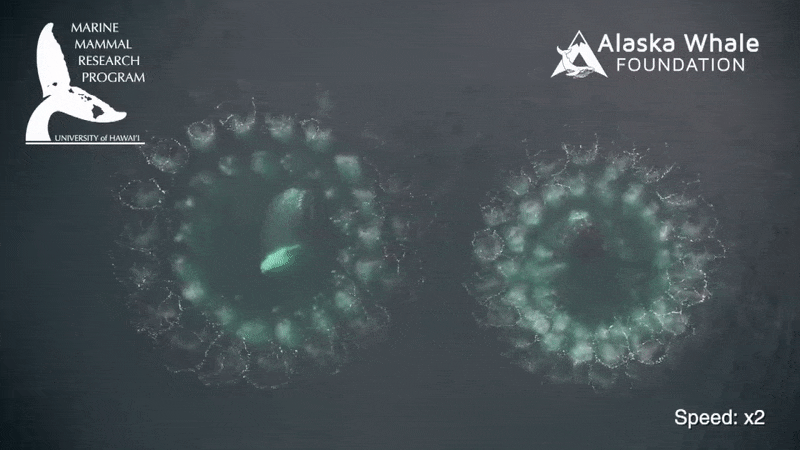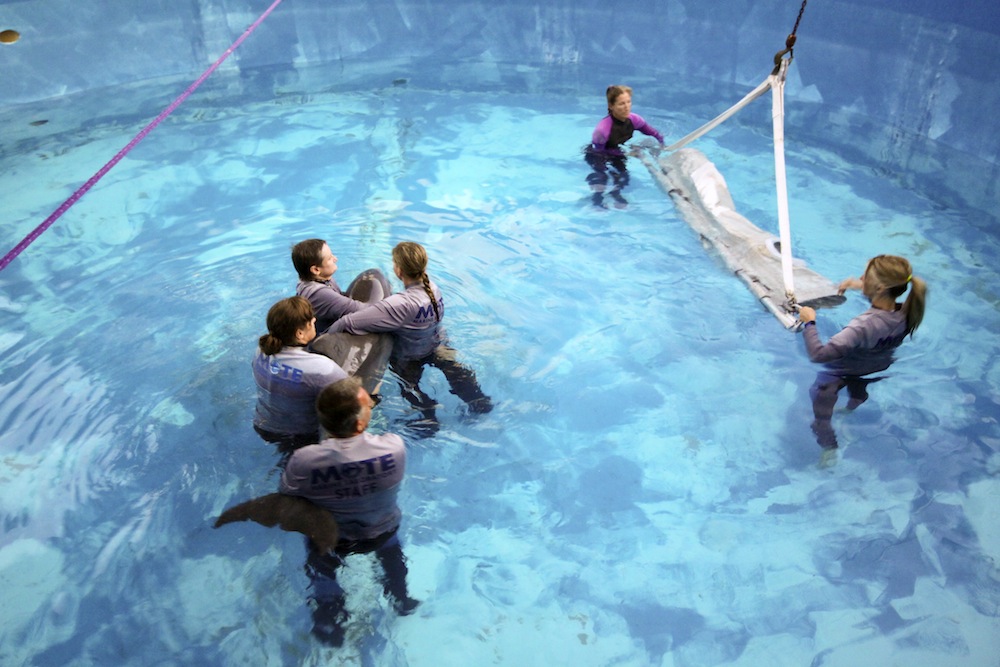When you purchase through links on our site , we may take in an affiliate commission . Here ’s how it exercise .
Porpoises are members of the scientific lodge Cetacea and are related to dolphins , but the two brute are different species . They both have sleek bodies and tumid flippers . Both are considered brainy animal and they both have a melon vine , a structure in the brow that they habituate to produce sound undulation for voyage their watery home base .
However , porpoises and dolphins differ in several ways . For example , porpoises do n’t have elongated beaks like dolphins . Also , porpoise have triangular dorsal fins , while mahimahi have curved or claw - mould fins . The exclusion are finless porpoise . They do n’t have 5 at all . dolphin ' teeth are retinal cone - shaped , while porpoise ' teeth are spade - shaped , according to National Oceanic and Atmospheric Administration .

A common, or Harbor, porpoise.
Size
Porpoises are also shorter than mahimahi . They grow to 5 to 6.6 feet ( 1.5 to 2 meters ) and press 110 to 265 lbs . ( 50 to 120 kilograms ) . In dividing line , the bottlenose dolphin grows to around 8 feet ( 2.5 m ) prospicient and count between 440 to 660 lbs . ( 200 to 300 kilogram ) .
Habitat
There are six species in three genera of porpoise . As their name imply , Gulf of California harbor porpoises are find around the northern part of the Gulf of California . Black porpoise , also known as Burmeister ’s porpoise , live off the coasts of eastern and western South America , allot to the International Union for Conservation of Nature ( IUCN ) .
The spectacled porpoise wish frigid pee and has been found all around the world in a zone just northward of Antarctica . The common porpoise , or harbor porpoise , also like cold water , but stick to the east sea-coast of North America , around southerly Greenland , waters off the northerly coasts of Scandinavia and off the seacoast of Alaska and Japan .
Dall ’s porpoise sticks to the northern rim of the Pacific Ocean . Some finless porpoises can be find in the Yellow Sea betweenChinaand Korea , and around southern Japan , while others swim along the glide of South Asia .

The vaquita porpoise
Some porpoises do n’t just stay put in the ocean . Some swimming in river and channels , as well , and can handle both table salt and fresh amniotic fluid . For example , the finless porpoise survive in coastal water and rivers along the Indian Ocean and western Pacific Ocean .
Habits
Most porpoises are societal animals . They live in group call shoals that can have just a couple members to thou , fit in to theAnimal Diversity Web(ADW ) . Dall ’s porpoise , for example , subsist in shoals with two to 20 members , while a harbor porpoise ’s shoal may have six to 100 member .
Diet
Porpoise diets diverge , depending on species , but they mostly stick to fish , crustacean , octopus and squid . They can also be great eaters . The harbor porpoise eat about 10 percent of its body weight each twenty-four hour period , according to theNational Wildlife Federation .
Offspring
There is n’t a spate known about porpoises in general , and there seems to be a peculiar lack of knowledge when it comes to the animal ’s generative habits . Since porpoise are mammal , they have live birth . The females have a gestation period of 10 to 11 months and give nativity to one young at a time . The new are predict puppy or calves .
pup are weaned at seven to 24 calendar month of age and are sexually mature around 2 to 8 years of age , depending on the species . porpoise can hold up up to 23 days .
Classification/taxonomy
Here is the taxonomy of porpoises , according to theIntegrated Taxonomic Information System(ITIS ):
Kingdom : AnimaliaSubkingdom : BilateriaInfrakingdom : DeuterostomiaPhylum : ChordataSubphylum : VertebrataInfraphylum : GnathostomataSuperclass : TetrapodaClass : MammaliaSubclass : TheriaInfraclass : EutheriaOrder : CetaceaSuborder : OdontocetiFamily : PhocoenidaeGenera and species :
Conservation status
The only porpoise that is list as endangered by the IUCN ’s Red List of Threatened Species is theVaquita porpoise . The Vaquita porpoise is list as critically menace because the population is believed to be lessen , though specific population enumeration are currently unknown .
Thefinless porpoiseand theIndo - peaceable finless porpoiseare number as vulnerable . This is because their populations seem to be on the declivity . Other species are listed as least business organisation or have no classification because there has n’t been enough data gather up on the mintage .
Other facts
The harbor porpoises ' name is true to its habitat . They like to stay in body of water that is no abstruse than 500 feet ( 152 m ) along the coastline .
Finless porpoises seem to be black , but they are in reality grayish with bits of racy .
Additional imagination


















